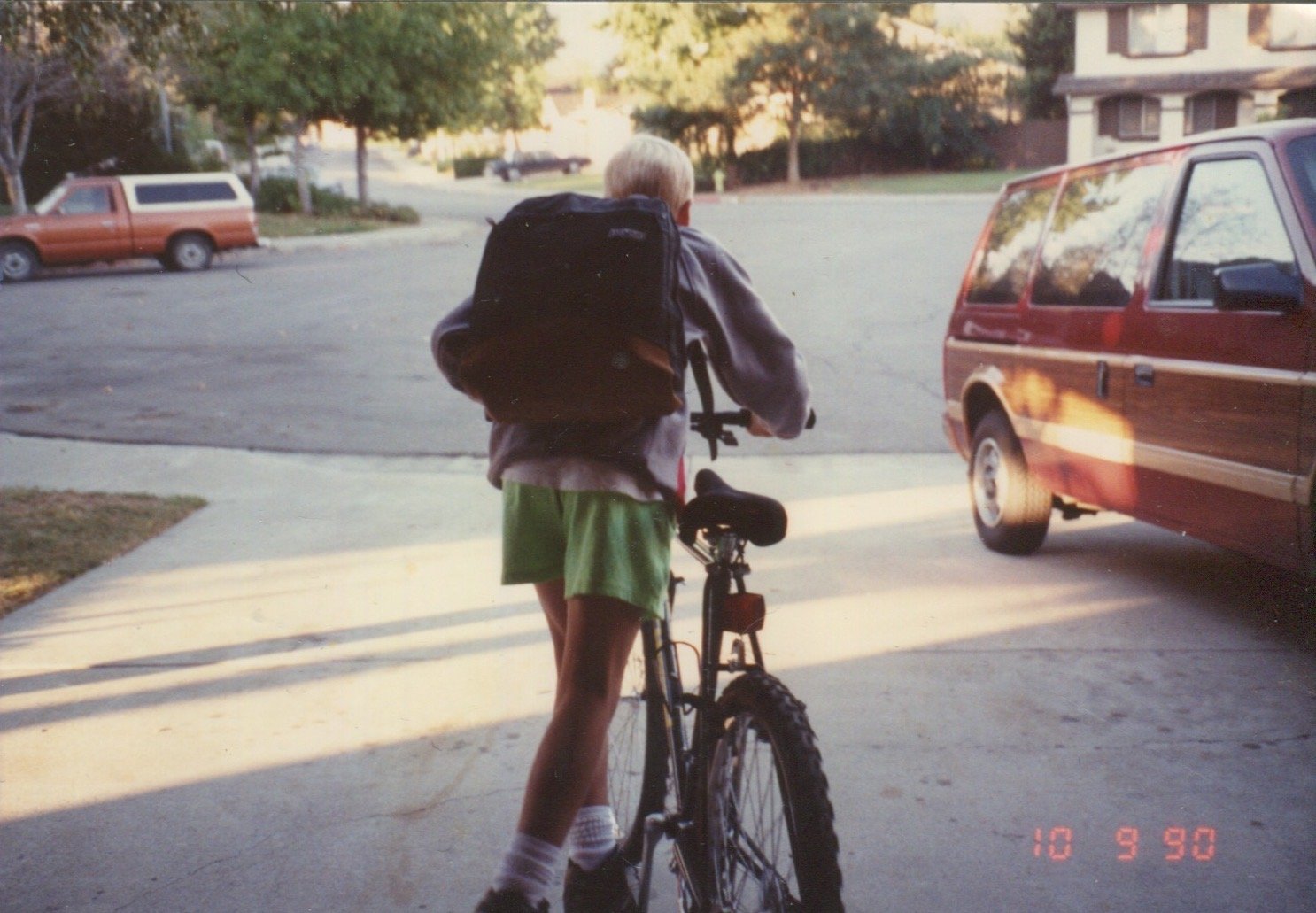
What is the INTUITIVE MOUNTAIN BIKING method?
A bottom-up approach to building trail riding skills incrementally, progressively, and with low-consequence failure modes - through stepped bike/body challenges in controlled environments.
A safe and APPROACHABLE method
By starting small and simple, with low-speed, low-consequence bike challenges, we instill foundational bike handling skills that become second nature out on trail
What makes it intuitive?
No one taught you how to walk. As a child, you instinctively went through developmental stages. You learned how to hold your head up, then push up from your belly. Eventually you rolled from tummy to back, and later began to crawl. Slowly and incrementally, you learned the locomotion of movement to get where you wanted to go. At some point you figured out how to pull up and stand up, free from the constraints of life on all fours. Ultimately, standing turned into walking across the living room, and the rest is the history of you.
Now do the same thing, but on a mountain bike.

“You already have onboard all of the built-in tools and skills needed to learn how to maneuver a mountain bike down the trail.”
— Said someone somewhere
What is the bottom up approach?
I can’t tell you what you should look like on the bike, and no two riders will have the same style, stance, or body positions. Furthermore, your body positioning should change moment-by-moment in a dynamic environment such as riding a singletrack trail. It is the trail, terrain, and bike movements & manipulations, that should dictate what ever-changing body position will be required to successfully navigate them.

“Don’t be in your head while riding, just ride the trail. and when you have to walk your bike, you know what types of skills you need to work on.”
— Said someone somewhere
Go slow, to get fast
You don’t think about breathing, blinking, or blood circulation. Those functions are naturally part of your limbic system. Can we do the same for riding?
By providing a series of incremental, low-speed challenges to your body, you begin to build-in balance, body position, and micro muscle movements, at the subconscious level. The small successes build upon themselves, giving you confidence to tackle more complex movements.
Once out on the trail, the skillsets are then second-nature, allowing for intuitive manipulation of the bike, maneuvering trail features, and intrinsic adjustments to getting thrown off your line - all without directly thinking about what you’re doing millisecond by millisecond.
Play is fundamental
Your worldview is shaped by your experiences. Learning how to play, by riding your bike across a varied set of increasingly complex obstacles, fundamentally changes the way you look at the world around you. That staircase at the local school isn’t just for students to walk from one level to another - it’s a challenging feature to bike down, or up! That log off the side of the trail - can I get up on top of it and ride the entire length?
Once you’ve opened up your mind to what is actually bike-able in the world around you, it’s like putting on “mountain biking worldview glasses”, and you begin to see things to play on everywhere!
Never stop seeing. Never stop playing.



